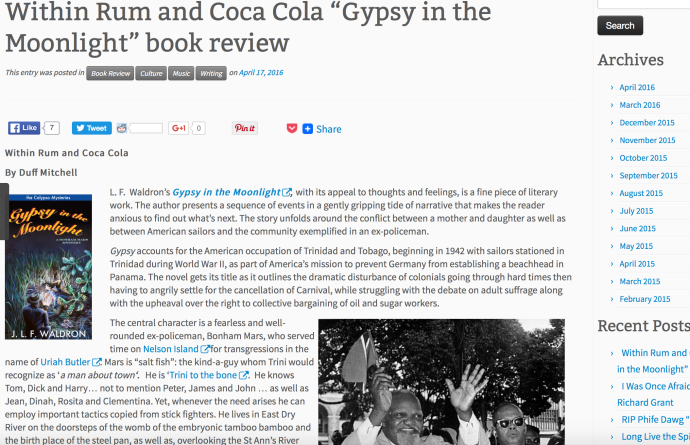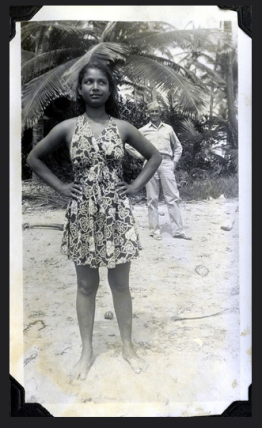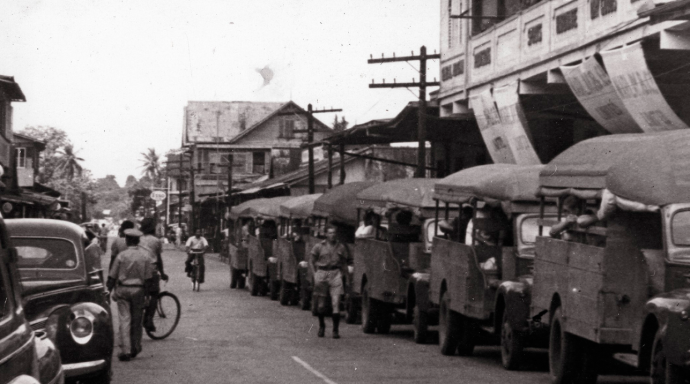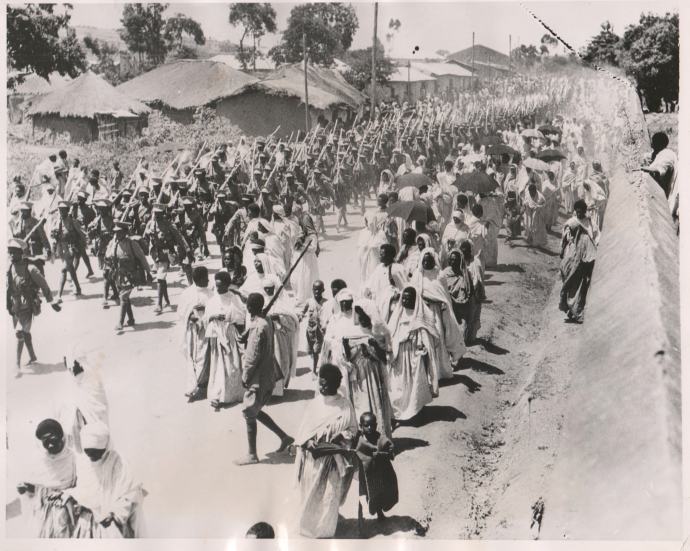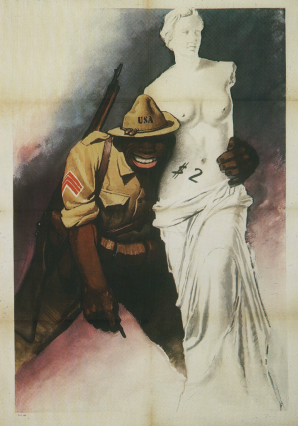 In 1940s Trinidad and Tobago a “high brown” was a medium-complexioned or light-skinned person. In the colonial-era racial hierarchy set up by the British, which privileged whiteness, an insipient colorism trickled down to the Afro-Caribbean/Indo-Caribbean majority. On this color scale, people of a lighter complexion were considered more attractive and socially mobile than more darkly complected ones. People of these lighter shades sometimes internalized this Anglo-Caribbean bias and came to consider themselves inherently superior or more greatly entitled.
In 1940s Trinidad and Tobago a “high brown” was a medium-complexioned or light-skinned person. In the colonial-era racial hierarchy set up by the British, which privileged whiteness, an insipient colorism trickled down to the Afro-Caribbean/Indo-Caribbean majority. On this color scale, people of a lighter complexion were considered more attractive and socially mobile than more darkly complected ones. People of these lighter shades sometimes internalized this Anglo-Caribbean bias and came to consider themselves inherently superior or more greatly entitled.
Compounded by the gender relations of the Global Depression, this colorism became yet more pronounced and vexing during World War II (a period of simultaneous scarcity [due to the war] and sudden prosperity [due to the influx of American dollars]), when the foreign servicemen showed more attention (and cash) to high brown and white Trinidadian women…effectively luring them away from local men. In this calypso, the Growler complains that the expectations of his ‘high brown’ lover have proven unmanageable.

